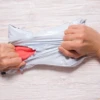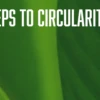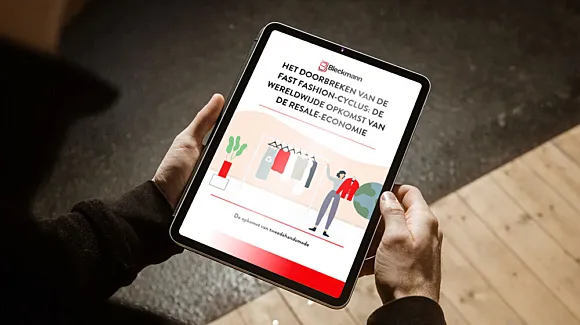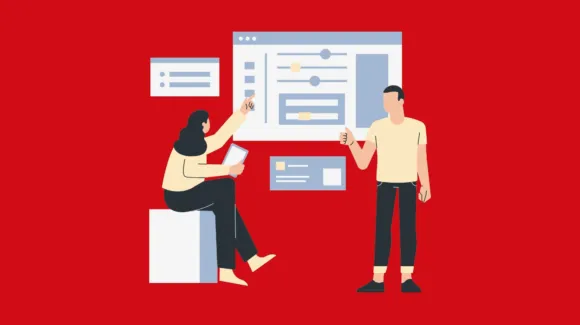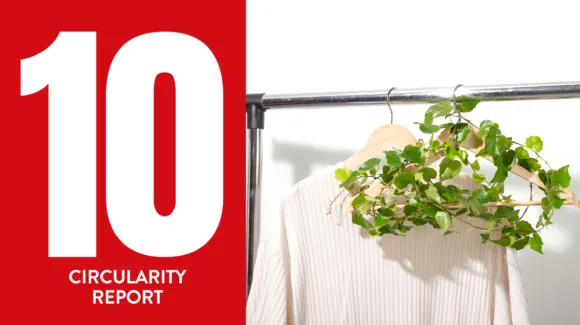In our blog post Steps to Circularity, we outlined five steps that a company can use as a guide to incorporate Circularity into their business. We will follow up with a deeper dive into each of the steps with the hope that your company adopts them.
Part 4 - Take Action:
Have faith that the investment in the previous steps will ensure that you and your company will be prepared to do the work in shifting the business. To break it down further we have divided this step into three core areas.
- Design for Longevity
- Integrate Circular Business Modules
- Closed Loop Production
A. Design for Longevity:
When a designer approaches a new season there are several variables that they are designing a product within. This could include price, functionality of the product, purpose, trends, and others depending on the brand. Within Circularity, new design criteria are added to the list. At the core is for the designer to think through the entire lifecycle of the product, beyond the first user but through to the second, or third and to recycling. To help guide designers, merchandizers, product developers and materials developer, we captured the key areas you should be considering and adding to your design specs.
Material Choice: opt for high-quality, durable, and sustainable materials.
According to the Fashion on Climate Report, more than 70% of the emissions come from upstream activities, particularly energy-intensive raw material production, preparation and processing.1 Therefore the impact a designer has on reducing waste and pollution in the material choice is critical.
In circular, the investment in better materials nets a higher return on the investment because these materials are being asked to withstand not only the first sales, but subsequent sales in which the company is now reliant on the revenue for.
While sourcing the best material is critical, is it only one part of the equation, designers must think about what is going to happen to that product at the end of its life, either composted or recycled. If a material states it can be composted, ensure that there are systems for this and that the dyes and trims also can be bio-absorbed. Textile recycling is growing at an incredible pace and an area to watch. Currently there are limited materials that have recycling options, including wool, cotton, polyester and nylon. When making your material choices plan to spend time here learning and incorporating your decisions and map out the impact of those decisions all along the lifecycle of your product.
Versatility:
Design clothes that are versatile, timeless, and can be worn in multiple seasons or occasions. Designers are often focused on a specific season when designing products within a linear business, in Circular the product is going to get resold in a future where it is unclear what the trends or needs of the consumer will be.
While that may be daunting for some, designers who embrace the challenge will create the products of the future and with intentional design will shift the industry.
If we know a trend that shifts over time is the cut of a pant leg, how can designers design pants so that they can easily change their shape when returned 5 years in the future?
Not all products need to be designed for multiple owners. Products like underwear, socks, or a monogrammed team jersey, are pre-planned to have one owner. These products need to be designed so that they are long-lasting, while also having a path planned to recycling/composting. This requires more careful adherence to the materials selected.
Modularity:
Create products that can be easily taken apart and components replaced or upgraded. Currently most products are designed to stay together, the choice of stitching and construction are such that it may be difficult to repair an item or change an item in the future.
In our experience at Bleckmann, often we are unable to repair an item because of the way it was designed. This could include the location of a pocket or the placement of a zipper. Now with a Circular mindset, designers can look at the products they create and plan for access to areas that will most likely need repairs. Or pre-plan how the product will evolve, for instance as cuffs get damaged and dirty, a way to add new cuffs for the second sale.
Modularity not only enables future sales of a product but reduces future costs of repairs and operations. It set the business up for success within circular.

